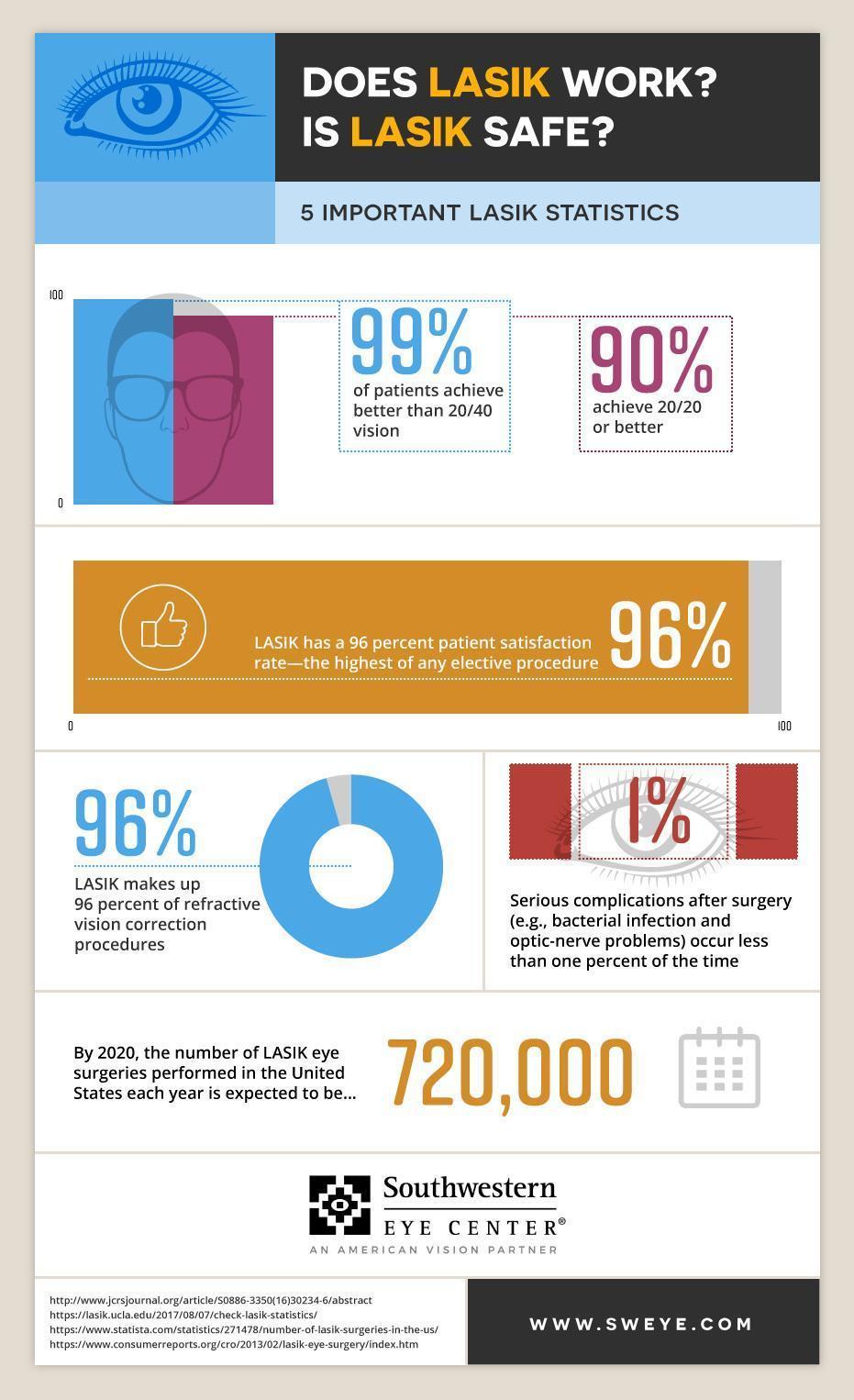How Astigmatism Affects Vision - Usual Myths And Also Misconceptions

Posted by-Hviid Keating
Astigmatism is a typical eye condition that obscures distance as well as near vision. It occurs when the front surface area of your eye (cornea) isn't evenly rounded, yet rather shaped like an egg or a football. This abnormality impacts how your eyes bend light, causing blurry vision.
It is necessary to have a comprehensive eye exam to discover astigmatism very early and manage it with prescription lenses or LASIK surgery. This can lower the need for scrunching up your eyes, which can cause persistent eye strain.
Myth 1: Astigmatism is caused by scrunching up your eyes
Unlike a lot of eye troubles, astigmatism is not brought on by scrunching up your eyes. Instead, it's the outcome of abnormalities in the eye's cornea as well as lens that bring about fuzzy vision.
Typically, the cornea and lens at the front of your eye have a rounded shape that allows light to concentrate dramatically on the retina at the back of your eyeball. With astigmatism, the cornea and lens have even more of an elongate shape, causing light to flex unevenly when entering your eye. This can cause your vision to be fuzzy whatsoever distances.
Individuals with astigmatism might squint to attempt to improve their blurred vision, which can result in eye pressure and also frustrations. It is necessary to see a qualified eye care expert immediately if you observe squinting or various other signs of astigmatism. Your ophthalmologist can recommend rehabilitative glasses or get in touch with lenses to help you see plainly in all ranges. Astigmatism is just one of the most usual refractive mistakes that burglarizes people of clear vision, along with nearsightedness (nearsightedness), hyperopia (farsightedness) and presbyopia (aging blur). https://squareblogs.net/glynda03lindsay/the-importance-of-follow-up-treatment-after-lasik-surgery affects adults and also kids alike.
Myth 2: Astigmatism is a genetic problem
Astigmatism is a refractive error triggered when your cornea or lens have an irregular curve. This inequality creates light that enters your eye to be bent unevenly, which can cause blurry vision in all ranges. Most individuals who have actually astigmatism are born with it, but some might get it from eye injuries, conditions or surgical procedure. Eye treatment professionals aren't sure why the shape of one's cornea or lens differs from person to person, yet they do understand that it is hereditary and can be given via generations.
There are 2 types of astigmatism: routine and also uneven. A normal astigmatism implies that your cornea - the clear front layer of the eye - isn't totally round like a basketball, however it is extra elongated, formed extra like a football. This suggests that the light entering your eye strikes the retina at more than one point, which causes blurred or distorted vision. The other type of astigmatism is irregular astigmatism, which suggests that your cornea and/or lens are bent in greater than one direction or steeper in all-time low than the top.
Misconception 3: Astigmatism is irreversible
A lot of astigmatism is genetic. But it can likewise be triggered by eye injuries, surgery, aging, or scarring. It could even create from the form of your cornea or lens. The primary cause is when the principal meridians of your eyes (the steepest and also flattest parts) are not perpendicular to each various other. This triggers blurred vision since the retina can not concentrate clearly on the image.
It's important to see an optometrist if you observe any modifications in your vision. Prompt visits can assist catch much more severe troubles, such as keratoconus. This problem creates the cornea to thin and also end up being a lot more conical. This makes it tough to see and also can affect deepness perception. Scrubing your eyes can raise your threat for this condition, as well. Dry eyes and also allergies can additionally contribute to the issue. One of the most usual therapy for astigmatism entails rehabilitative lenses, which can consist of glasses or call lenses. Other alternatives include orthokeratology, which uses inflexible contact lenses to reshape the cornea, or laser surgery.
Misconception 4: Astigmatism is painful
The eye is created to filter light into the retina and also concentrate it onto the rear of the eye (the cornea or lens). When these structures are misshapen, however, vision can be fuzzy. This refractive error can be remedied with prescription spectacles and also get in touch with lenses or by having astigmatic keratotomy surgical procedure, which entails making tiny cuts on the steepest curves of the cornea.
The most usual signs and symptom of astigmatism is obscured vision, which can make it difficult to read or see things in the distance, also when you are sitting near them. You might likewise have trouble judging ranges or seeing plainly during the night, when you are more likely to experience glow as well as halos around lights.
https://www.hellomagazine.com/healthandbeauty/health-and-fitness/2019080676161/laser-eye-surgery-review-london/ is feasible to develop astigmatism at any age or after an eye injury, but lots of people are born with this refractive error. Astigmatism can worsen as the eyes ages, which is why it is necessary to have regular eye tests to detect as well as treat any type of modifications in your vision.

